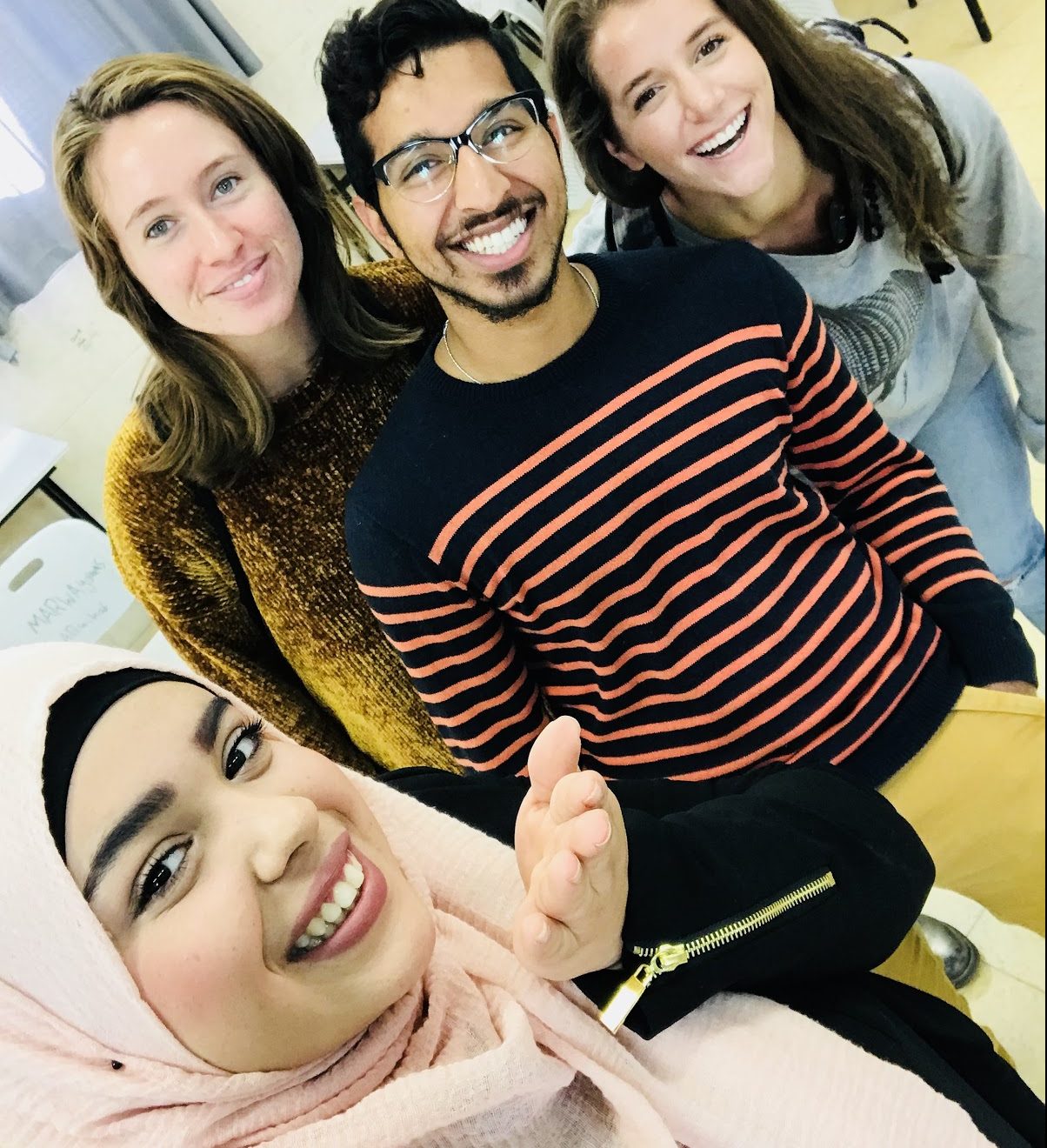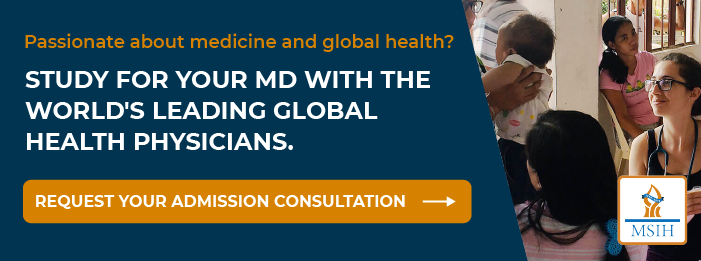The article below is an account by two MSIH students, Jenna Meyer and Aaron Hochman-Zimmerman, of their interaction with Bedouin high school students.
“What would you do if someone collapsed right in front of you?”
“Isn’t it better to just take someone to the hospital yourself?”
“Is it true you can use toothpaste to help with a bee sting?”
These questions are often discarded by those with the honor and privilege of learning and practicing medicine. Yet when we sit to actually think about them, the weight and potential brevity of the scenario makes them worthy of deep consideration. Before learning the biochemical pathways or pathophysiology behind different disorders, as non-medical students, we had such questions that only now we are able to substantially answer.
As students, we are just beginning to understand what to do in different medical scenarios, from electrolyte imbalances to respiratory distress to broken bones. But the more we learn, the more pressure we put on ourselves to be able to actually put these textbook principles into practice. With this newfound knowledge, we become eager to share this wisdom with those who have the questions we, until recently, couldn’t answer ourselves.
Volunteering in Medical School
 Several of us teach English each weekend at a high school in the Bedouin village, Umm Batin, just a few minutes outside of Beersheva. As keen, burgeoning medical professionals, we could not resist the opportunity to use one of our English lessons to teach first aid basics, spreading some insight we have acquired at MSIH.
Several of us teach English each weekend at a high school in the Bedouin village, Umm Batin, just a few minutes outside of Beersheva. As keen, burgeoning medical professionals, we could not resist the opportunity to use one of our English lessons to teach first aid basics, spreading some insight we have acquired at MSIH.
True to form for high school students, our pupils initially believed they knew exactly what to do in our mock scenarios. But as the discussion continued, they began to have more questions than answers.
We explained CPR, burn treatment, hemorrhage response, how to split a fracture, different animal bites and stings and finally signs of stroke, with some translation into Arabic when necessary. It was interesting to hear how much they knew from their own experience, and the home remedies that they’d been taught to treat some of these maladies.
Practicing Skills with Clammy Hands
Initially, they were hesitant and embarrassed to practice the skills they had just learned. This is not so different from our beginnings on the wards. Medical training is not easy and no one wants to fail – or to acknowledge that they may not know how to help someone who really needs it. We wander through patient rooms fumbling with our Hebrew, Arabic, and Russian, trying to understand “Eifo koev lecha?” (Where does it hurt?).
With clammy hands and insecurity in our clinical knowledge, we try to determine the differential diagnoses for chest pain or fever. Yet very slowly, through practice, our confidence builds and our desire to learn prevails. The same with our Bedouin students.
When it seemed like our lesson was losing steam, a few courageous students volunteered to treat us as their patients. They played along with our scenarios and began to feel comfortable displaying tourniquet or splinting techniques we had demonstrated.
The traditional method of teaching in medicine is “see one, do one, teach one.” The MSIH students and the high schoolers were at different steps in the cycle; but when we needed it, we were there for one another. It was rewarding to be in the instructor role, the “professional” answering questions, giving us the opportunity to continue medical training to the next generation of potential doctors.



